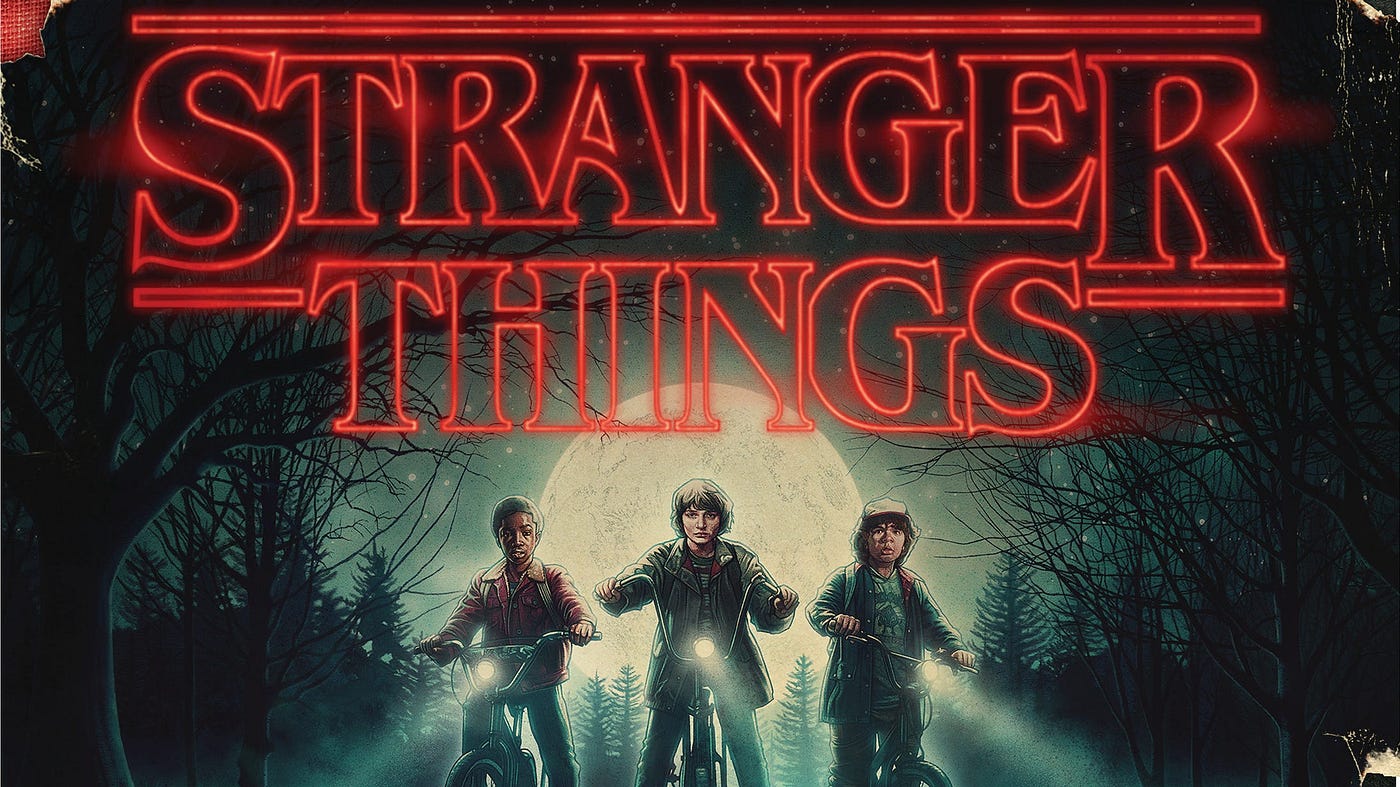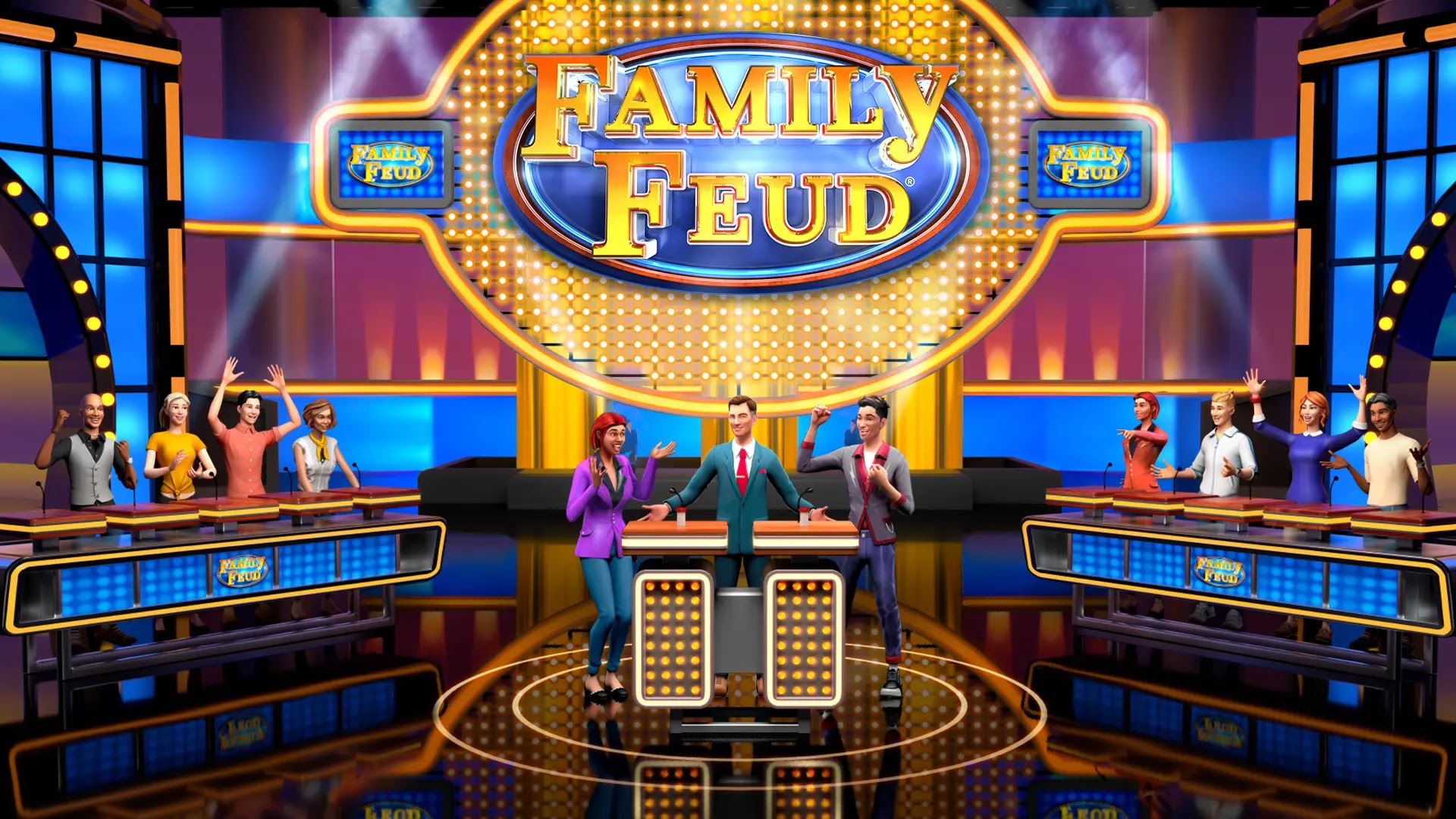yanomami.net – Derry Girls, a Northern Irish comedy series, has captured the hearts of audiences worldwide with its unique blend of teen humor and historical context. Set in the 1990s during the height of The Troubles in Northern Ireland, the show follows the lives of five Catholic schoolgirls as they navigate the complexities of adolescence against the backdrop of sectarian violence.
The Show’s Premise
The series, created by Lisa McGee, centers around Erin, Orla, Michelle, Clare, and James, who attend a Catholic school in Derry. The show masterfully balances the comedic aspects of teenage life with the serious issues of the time, providing a fresh perspective on a period often depicted through a more somber lens.
Critical Acclaim and Awards
Derry Girls has received widespread acclaim for its ability to tackle heavy themes with humor and sensitivity. The show has been nominated for numerous awards, including three major nominations at the 2023 National Comedy Awards. In a significant milestone, the third and final season of Derry Girls won the International Emmy for Best Comedy Programme, further cementing its status as a standout comedy series.
The Final Season
The final season of Derry Girls, which aired in 2022, was met with critical acclaim. It brought the series to a close with the signing of the Good Friday Agreement, marking a significant moment in Northern Ireland’s history. Critics hailed the finale as “a triumph,” praising its ability to blend humor with poignant moments.
Conclusion
Derry Girls stands out as one of the best comedies of recent years, thanks to its well-crafted characters, sharp writing, and its unique approach to historical storytelling. The show’s success lies in its ability to make viewers laugh while also shedding light on a complex and often painful period in history. As audiences continue to re-watch and appreciate the series, Derry Girls remains a testament to the power of comedy to bridge gaps and foster understanding.


